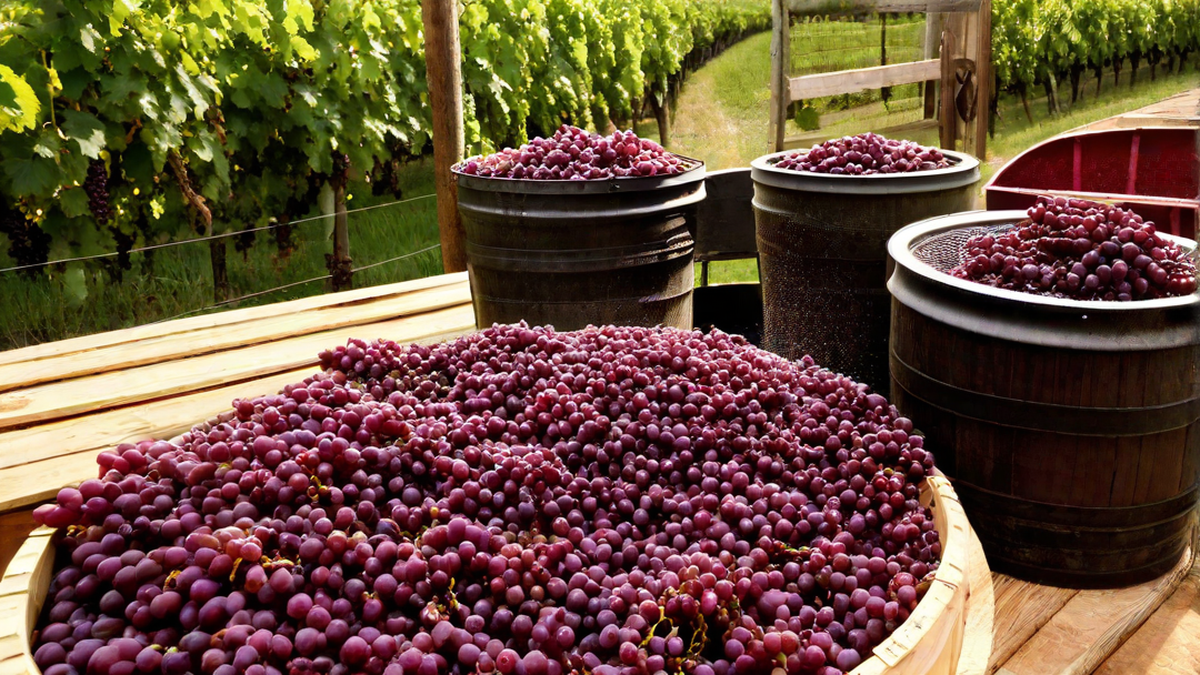When it comes to making wine at home, muscadine grape wine is a delightful and rewarding choice. The rich flavor and natural sweetness of muscadine grapes make for a unique and delicious wine that is perfect for sipping and sharing with friends and family.
Gathering the Ingredients
The first step in making muscadine grape wine is gathering the necessary ingredients. You’ll need fresh muscadine grapes, sugar, wine yeast, and some basic winemaking equipment such as a primary fermenter, a carboy, an airlock, and siphoning equipment. It’s important to start with high-quality, ripe muscadine grapes to ensure the best flavor in your finished wine.
Preparing the Grapes
To begin the winemaking process, the muscadine grapes need to be crushed to release their juice. I like to use a clean potato masher to gently crush the grapes, being careful not to break the seeds, as they can impart bitterness to the wine. After crushing, the grapes are transferred to a primary fermenter for the next step.
Fermentation and Aging
Once the grapes are in the fermenter, sugar is added to the mixture to help boost the alcohol content of the wine. Wine yeast is then added to start the fermentation process, and the fermenter is covered with a lid and airlock to allow carbon dioxide to escape while preventing oxygen from entering. The mixture will ferment for a week or two, during which time the sugars in the grapes will be converted into alcohol.
Racking and Bottling
After the initial fermentation, the wine is siphoned into a clean carboy in a process known as racking. This helps to separate the wine from the sediment that has settled at the bottom of the fermenter. The wine is then left to age in the carboy for several months, allowing its flavors to mellow and develop. Once the wine has cleared and matured, it’s time to bottle it and let it rest for a few more months before enjoying.
My Tips for Success
- Use ripe, high-quality muscadine grapes for the best flavor.
- Keep all equipment thoroughly clean and sanitized to avoid contamination.
- Be patient – good wine takes time to develop, so resist the urge to rush the process.
Conclusion
After patiently waiting for the wine to mature, the reward of enjoying a glass of homemade muscadine grape wine is truly special. The process of crafting my own wine has given me a deeper appreciation for the art and science of winemaking, and I hope you’ll find the same joy in creating your own batch of muscadine grape wine.
